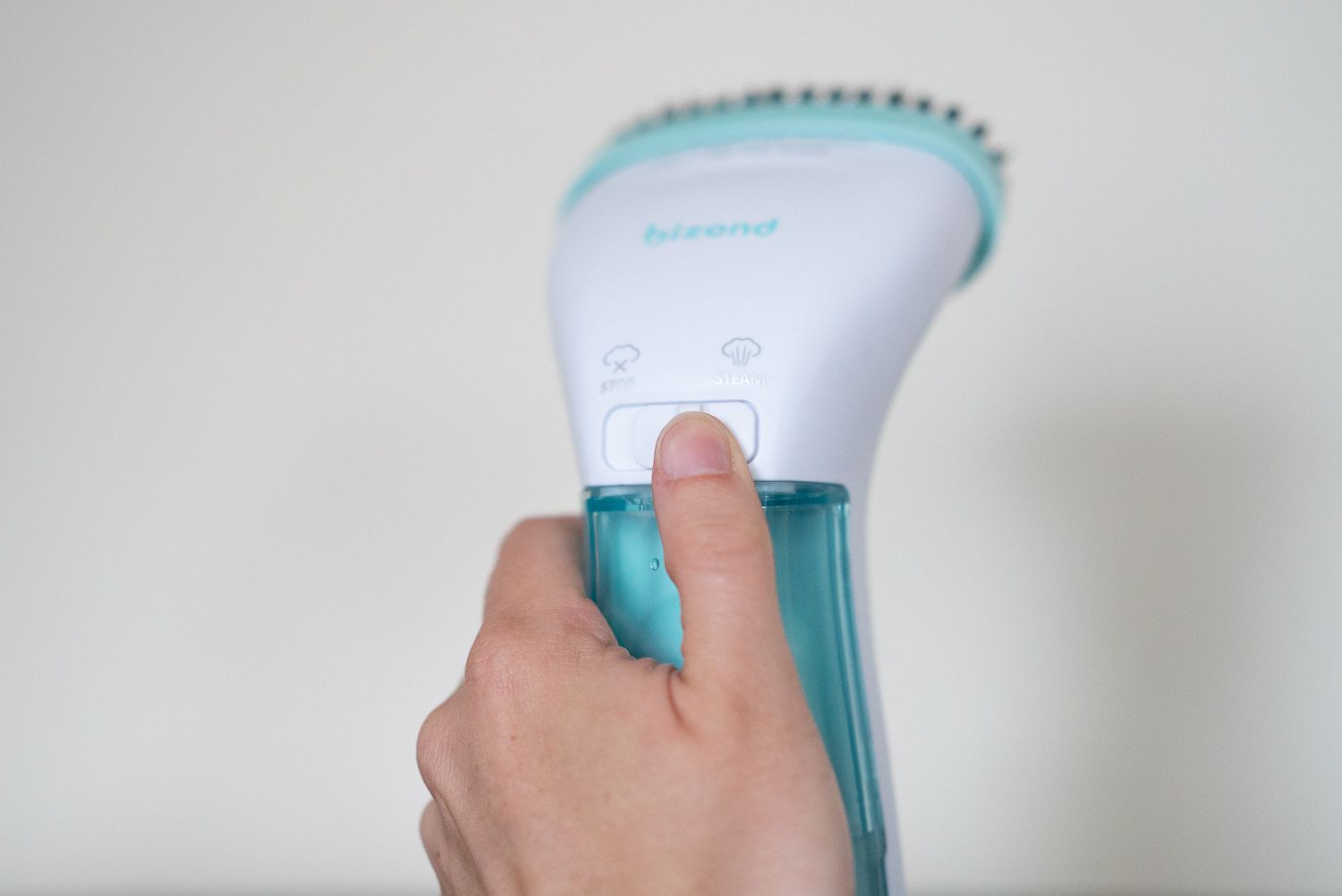

Articles
Why Is My Electrical Steamer Not Working
Modified: September 2, 2024
Discover the reasons why your steamer is not working and find helpful articles to troubleshoot and fix the issue.
(Many of the links in this article redirect to a specific reviewed product. Your purchase of these products through affiliate links helps to generate commission for Storables.com, at no extra cost. Learn more)
Introduction
Welcome to this article on common issues with steamers and why your steamer may not be working. Steamers are a popular household appliance used for a variety of purposes, including steaming clothes, curtains, upholstery, and even food. They offer a convenient and efficient way to remove wrinkles, freshen up fabrics, and sanitize various items around the home.
However, like any other appliance, steamers can encounter problems that may hinder their functionality. As a result, you may find yourself frustrated when your steamer fails to produce steam or doesn’t function as expected.
But don’t worry! In this article, we will explore some of the most common issues with steamers and their possible solutions. By understanding these problems, you will be better equipped to troubleshoot and fix your steamer, saving you time and money on unnecessary repairs or replacements.
Key Takeaways:
- Troubleshoot common steamer issues by addressing steam pressure, clogging, electrical problems, and faulty control settings. Regular maintenance and proper cleaning can prevent malfunctions and extend your steamer’s lifespan.
- Address broken or damaged parts promptly to ensure safe and efficient steamer operation. Properly configure control settings and seek professional assistance when needed to maximize the functionality of your steamer.
Read more: Why Is My Rowenta Steamer Not Working
Common Issues with Steamers
Steamers are reliable appliances, but they can experience certain issues that can affect their performance. Here are some of the most common problems you may encounter with your steamer:
- No Steam: One of the most frustrating issues is when your steamer fails to produce any steam. This can be caused by various factors, such as a clogged nozzle, insufficient water in the tank, or a malfunctioning heating element. We will delve deeper into these issues in the following sections.
- Leaking Water: Another commonly reported problem is water leakage. If you notice water dripping from your steamer, it could be due to a loose or damaged seal or a crack in the water tank. Ensuring proper assembly and inspecting the tank for any signs of damage can help resolve this issue.
- Overheating: Steamers are designed to operate within specific temperature limits. If your steamer overheats, it may shut off automatically or emit excessive heat, posing a safety risk. This can be caused by a faulty thermostat or a malfunctioning control board. Professional assistance may be required to address this issue.
- Power Issues: Sometimes, steamers may not turn on or experience intermittent power problems. This can be due to a faulty power cord, a blown fuse, or issues with the electrical outlet. Checking the power supply and ensuring all connections are secure can help solve this problem.
- Lack of Pressure: If your steamer is producing steam, but the pressure seems weak, it may be due to a buildup of mineral deposits or limescale in the steamer’s system. Regular descaling and cleaning can help restore the steamer’s proper functioning.
Now that we have identified some of the common problems with steamers, let’s explore each issue in more detail and discuss possible solutions.
Steam Pressure Problems
One of the main issues you may encounter with your steamer is a decrease in steam pressure. This can be frustrating as it hinders the steamer’s ability to effectively remove wrinkles or sanitize surfaces. Several factors can contribute to steam pressure problems:
- Mineral Buildup: Over time, minerals present in the water you use to fill your steamer’s tank can accumulate and clog the system. This buildup restricts the flow of steam, resulting in decreased pressure. Regular descaling using a descaling solution or vinegar can help remove these deposits and restore optimal steam pressure.
- Water Level: Insufficient water in the steamer’s tank can also lead to low steam pressure. Check the water level indicator, and if the tank is low, refill it with clean water. Ensure not to overfill it as this can cause water to leak and affect the steamer’s performance.
- Valve Issues: The steam pressure in your steamer is controlled by a valve. If this valve becomes faulty or gets clogged, it can disrupt the steam flow and result in low pressure. Cleaning the valve carefully with a soft brush or toothbrush can help remove any debris or blockages.
- Hose Blockage: The hose through which the steam travels can also get clogged or blocked with lint, mineral deposits, or other debris. Regularly inspect the hose for any obstructions and use a pipe cleaner or a long, thin brush to clear them out. This will help maintain proper steam flow and pressure.
- Heating Element Issues: The heating element in your steamer is responsible for heating the water and converting it into steam. If the heating element is damaged or not functioning correctly, it can result in low steam pressure. Consult a professional technician to diagnose and repair any heating element issues.
By addressing these potential causes of steam pressure problems, you can restore your steamer’s functionality and enjoy the benefits of efficient steam output. Regular maintenance and cleaning of your steamer will also help prevent such issues from occurring.
Clogging or Blockage in the Steamer
If you notice that your steamer is not producing steam or the steam flow is weak, it could be due to clogging or blockage within the steamer’s system. Several factors can contribute to this issue:
- Nozzle Blockage: The nozzle of your steamer is where the steam is emitted. It can become clogged with mineral deposits, lint, or other debris over time. Regularly inspect the nozzle and remove any obstructions using a small brush or a toothpick. This will ensure a clear passage for steam to flow out.
- Water Tank Blockage: The water tank in your steamer can also become clogged or blocked. This can happen if you do not regularly clean and descale the tank. The mineral buildup can restrict the flow of water into the heating chamber, leading to a decrease in steam production. Follow the manufacturer’s instructions on how to properly clean and descale the water tank.
- Steam Hose Blockage: The hose that connects the water tank to the steamer’s heating chamber can also become blocked. This can be caused by mineral deposits, lint, or other debris. Inspect the hose and use a pipe cleaner or a long, thin brush to clear any blockages. Ensure the hose is properly connected and free from any kinks.
- Steam Vent Blockage: The steam vent, which allows steam to escape, can also get blocked. This can happen if there is a buildup of debris or lint around the vent. Gently clean the vent using a soft brush or a toothpick to ensure proper steam flow.
- Regular Cleaning and Maintenance: To prevent clogging or blockage issues, it is essential to perform regular cleaning and maintenance on your steamer. This includes descaling the water tank, cleaning the nozzle and steam vent, and ensuring the hoses are free from debris. Following the manufacturer’s guidelines will help keep your steamer in optimal condition.
By addressing and maintaining a clear passage for steam within your steamer, you can ensure consistent steam output and prevent performance issues caused by clogging or blockage. Regular cleaning and maintenance will also extend the lifespan of your steamer.
Electrical Problems with the Steamer
Electrical problems can cause your steamer to malfunction or fail to work altogether. Here are a few common electrical issues that you may encounter:
- Power Cord Issues: A faulty or damaged power cord can prevent your steamer from receiving power. Check the power cord for any signs of damage, such as frayed wires or exposed insulation. If you notice any issues, replace the power cord with a new one to ensure safe and proper electrical connectivity.
- Fuse Problems: Your steamer may have a fuse or a circuit breaker in its electrical system to protect against power surges. If the steamer suddenly stops working, check the fuse/circuit breaker and replace/reset it if necessary. It is recommended to consult the manufacturer’s instructions or contact a professional if you are unsure of how to handle electrical components.
- Overheating: If your steamer overheats or emits excessive heat, it could be due to a problem with the heating element or the internal thermostat. Overheating can not only affect the steamer’s performance but also pose a safety risk. In such cases, it’s best to seek professional assistance to repair or replace the faulty components.
- Electrical Outlet Problems: Sometimes, the issue may not lie with your steamer itself, but with the electrical outlet you are using. Check if there is power in the outlet by plugging in another electrical device. If the outlet is not providing power, check the circuit breaker box and reset any tripped breakers. If the problem persists, consult a qualified electrician to resolve the issue.
- Control Board Malfunctions: Modern steamers may have a control board that regulates the steamer’s functions. If the control board malfunctions due to electrical issues, it can disrupt the steamer’s performance. In such cases, it is recommended to contact a professional technician to diagnose and repair or replace the control board.
When it comes to electrical problems with your steamer, it’s crucial to prioritize safety. If you are not comfortable or experienced with handling electrical components, it is best to seek the assistance of a qualified professional. They will be able to diagnose and address any electrical issues to ensure the safe and efficient operation of your steamer.
Check if the water reservoir is filled, the power cord is properly connected, and the steam settings are adjusted correctly. If the steamer still isn’t working, it may need to be descaled or have a clog cleared.
Read more: Why Is My Electric Recliner Not Working
Poor Maintenance and Cleaning
Poor maintenance and cleaning practices can contribute to the malfunctioning of your steamer. Neglecting proper care can lead to a range of issues that affect its performance. Here are some problems that can arise due to poor maintenance:
- Mineral Buildup: As mentioned earlier, mineral deposits from hard water can accumulate in the steamer’s tank and various components. This buildup can block the steam flow, decrease steam output, and even damage the internal mechanisms. Regular descaling and cleaning of the steamer’s tank using a descaling solution or vinegar can help prevent this issue.
- Residue and Debris: Over time, residue from steam, fabric fibers, and other debris can accumulate inside the steamer. This can affect the steamer’s performance and even lead to clogging. Regularly clean the interior of the steamer by following the manufacturer’s instructions, using a cleaning solution or a mixture of water and vinegar, and wiping away any residue or debris.
- Water Quality: The quality of water used in your steamer can also impact its functionality. Hard water with high mineral content can contribute to mineral buildup, affecting steam production. If possible, use distilled or filtered water to avoid mineral deposits and other impurities that can hinder the steamer’s performance.
- Storing the Steamer: Improper storage can lead to damage and performance issues. It is important to clean and dry the steamer before storing it to prevent the growth of mold or mildew. Store the steamer in a cool, dry place and avoid placing heavy objects on top of it to prevent any damage to its components.
- Regular Inspections: Regularly inspecting your steamer for any signs of wear, damage, or loose connections is essential for maintaining its optimal performance. Early identification of issues allows for timely repairs or replacements, preventing further damage and ensuring the longevity of your steamer.
By implementing good maintenance and cleaning practices, you can prevent many common problems that arise from neglecting your steamer’s care. Regular cleaning, proper descaling, using quality water, and storing the steamer correctly will help keep it in excellent working condition.
Broken or Damaged Parts
Another common issue that can cause your steamer to stop working or function improperly is the presence of broken or damaged parts. Over time or due to accidental mishandling, certain components of the steamer may become compromised. Here are some parts that may experience damage:
- Nozzle: The nozzle of the steamer is a critical component that allows steam to be emitted. If the nozzle becomes cracked, clogged, or damaged in any way, it can affect the steam flow and pressure. Inspect the nozzle regularly and replace it if necessary to restore the proper functionality of your steamer.
- Water Tank: The water tank is responsible for holding the water that is converted into steam. If the water tank develops cracks or leaks, it can result in water leakage or an inability to generate steam. If you notice any damage to the water tank, it is advisable to replace it to avoid further issues.
- Hose: The hose transfers water from the tank to the heating element, allowing for steam production. If the hose is damaged, punctured, or shows signs of wear and tear, it can lead to leaks or hindered steam flow. Replace the hose if it is damaged to ensure proper functioning of your steamer.
- Heating Element: The heating element is responsible for heating the water and converting it into steam. If the heating element becomes faulty or fails, it can prevent the generation of steam. In such cases, consulting a professional technician is recommended to diagnose and repair or replace the heating element.
- Control Knobs or Buttons: The control knobs or buttons on your steamer allow you to adjust settings and control various functions. If these components become loose, stuck, or non-functional, it can hinder your ability to operate the steamer effectively. Replace any damaged control knobs or buttons to regain control over your steamer’s settings.
When it comes to broken or damaged parts, it is crucial to address the issue promptly. Continued use of a steamer with compromised components can lead to further damage and potential safety hazards. If you are unsure about how to replace or repair the broken parts, seek professional assistance to ensure proper installation and functionality.
Faulty Control Settings
Sometimes, the issue with your steamer may not be due to any physical damage but rather faulty control settings. Incorrectly set controls can result in your steamer not working as expected or not producing the desired results. Here are some common control setting problems and their solutions:
- Temperature Setting: The temperature setting on your steamer controls the heat of the steam. If the temperature is set too low, it may not effectively remove wrinkles, while setting it too high can lead to fabric damage. Verify that you have selected the appropriate temperature setting for the fabric you are steaming, whether it’s delicate, medium, or high heat.
- Steam Duration: Many steamers come with settings that allow you to control the duration of steam output. If you find that your steamer shuts off too quickly or doesn’t produce steam for a sufficient amount of time, check the steam duration setting. Adjust it to your desired duration and ensure it is properly configured to meet your needs.
- Steam Mode: Some steamers offer multiple steam modes, such as continuous or intermittent steam. If you experience issues with steam output, check the steam mode setting. It could be set to intermittent, causing steam to be released in spurts rather than a continuous flow. Adjust the setting as needed for your specific steaming requirements.
- Power Setting: If your steamer has multiple power settings, such as low, medium, or high power, ensure that you have selected the appropriate setting for the task at hand. Using a lower power setting may result in weaker steam output, while a higher power setting may lead to excessive heat or steam that could damage delicate fabrics.
- Timer Function: Some steamers have built-in timers that allow you to set a specific duration for steaming. If you have activated the timer function but are not getting steam during the set time period, double-check the timer setting. Adjust it accordingly or disable the timer feature to allow for continuous steam output.
When encountering issues with the control settings of your steamer, carefully review the user manual or manufacturer’s instructions to understand the proper operation and adjustment of each setting. Taking the time to ensure your controls are correctly configured will help you optimize the performance and results of your steamer.
Conclusion
Steamers are incredibly useful appliances for removing wrinkles, freshening fabrics, and sanitizing various items around the home. However, like any other appliance, they can encounter issues that may hinder their performance. By understanding the common problems associated with steamers and their potential solutions, you can troubleshoot and fix these issues, saving time and money on unnecessary repairs or replacements.
We discussed several common problems individuals may experience with their steamers, including steam pressure problems, clogging or blockage, electrical issues, poor maintenance and cleaning, broken or damaged parts, and faulty control settings. Each of these issues has its own set of causes and solutions.
To maintain the optimal functionality of your steamer, it is important to perform regular maintenance and cleaning. This includes descaling the water tank, cleaning the nozzle and steam vent, and ensuring the hoses are clear of any blockages. Additionally, using quality water and storing the steamer properly can help prevent issues caused by mineral buildup or damage from improper storage.
If you encounter any broken or damaged parts, it is crucial to address those issues promptly. Replace any faulty components, such as the nozzle, water tank, hose, or heating element, to ensure your steamer operates at its best.
Lastly, ensure that your control settings are configured correctly for your specific needs. Adjust temperature settings, steam duration, steam modes, power settings, and timers accordingly to achieve the desired results and prevent any issues arising from improper control settings.
By paying attention to these common issues and implementing proper maintenance and care, you can maximize the lifespan of your steamer and enjoy its full functionality for all your steaming needs.
Remember, if you are unsure about any repairs or dealing with electrical components, it is always best to seek professional assistance to ensure your safety and the proper functioning of your steamer.
Frequently Asked Questions about Why Is My Electrical Steamer Not Working
Was this page helpful?
At Storables.com, we guarantee accurate and reliable information. Our content, validated by Expert Board Contributors, is crafted following stringent Editorial Policies. We're committed to providing you with well-researched, expert-backed insights for all your informational needs.
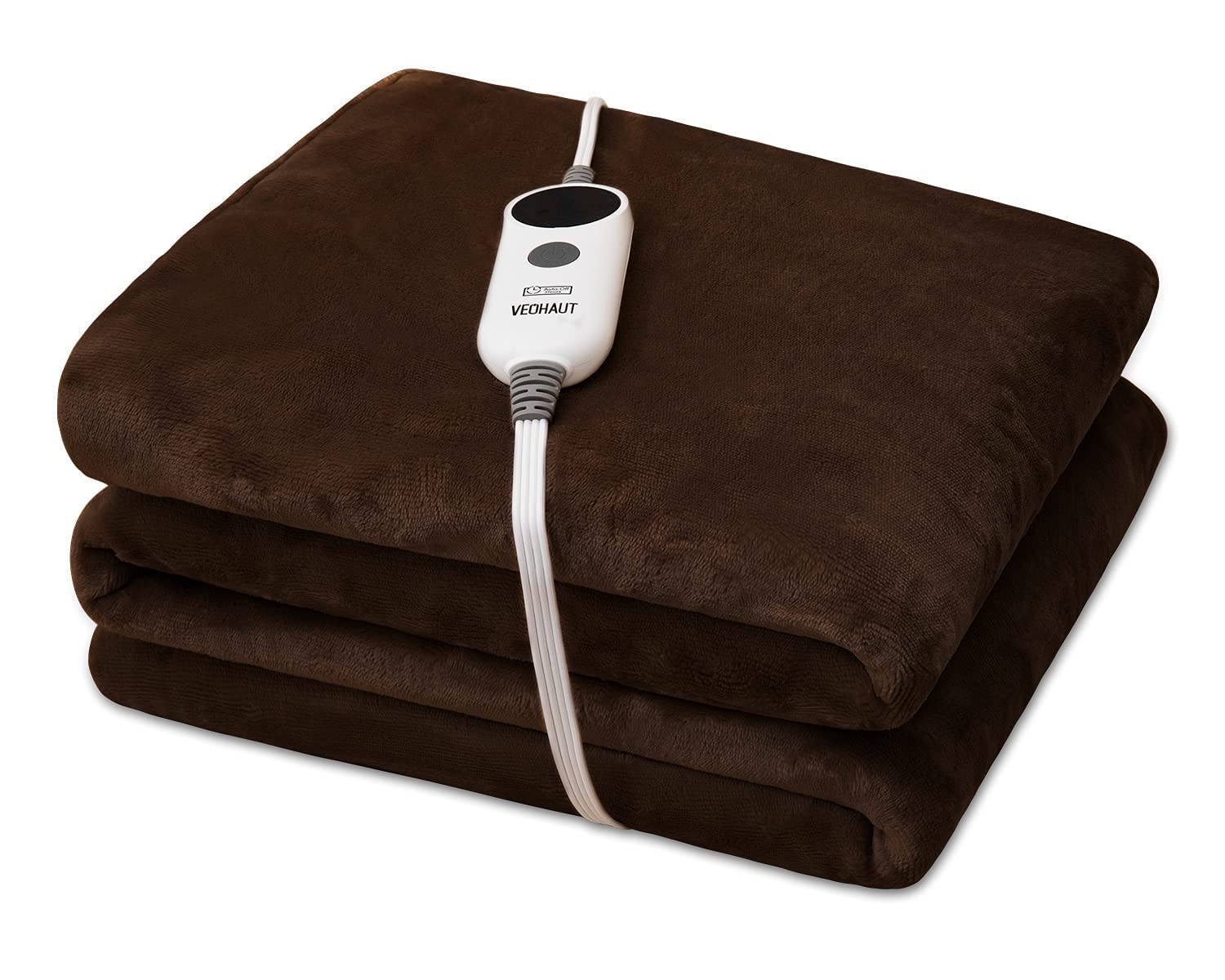
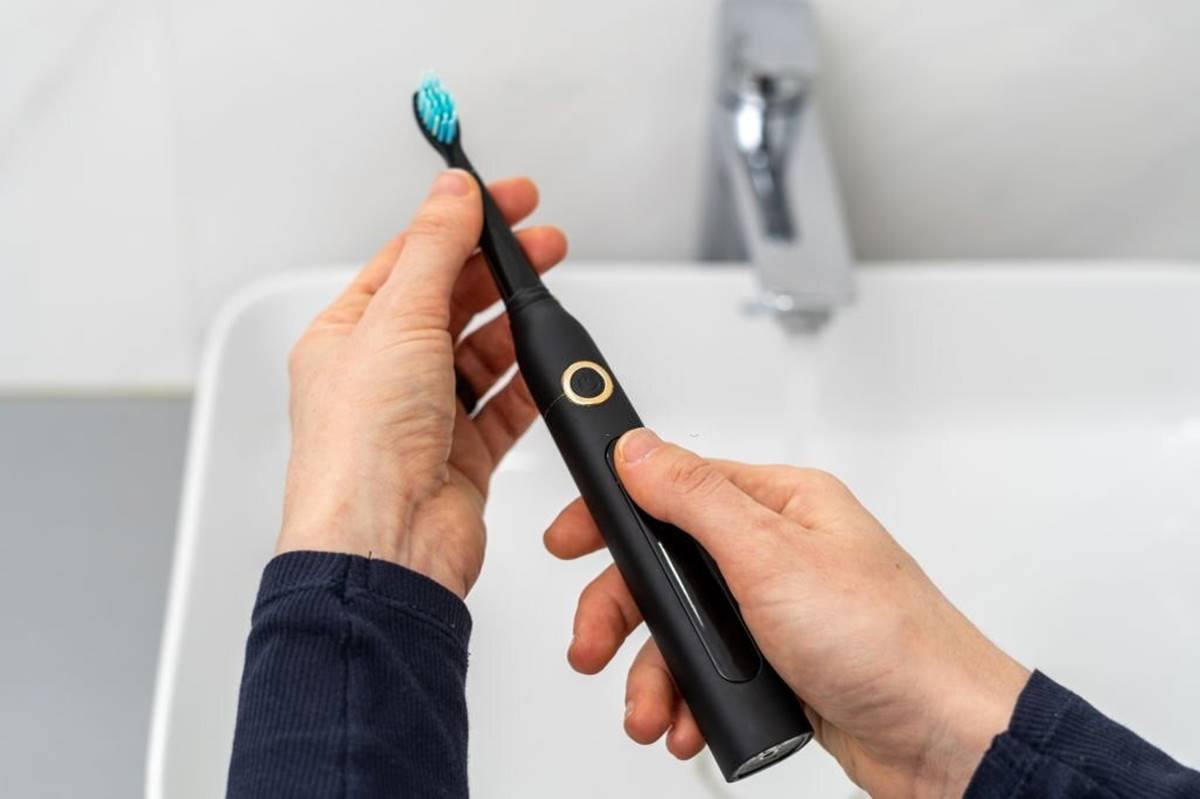
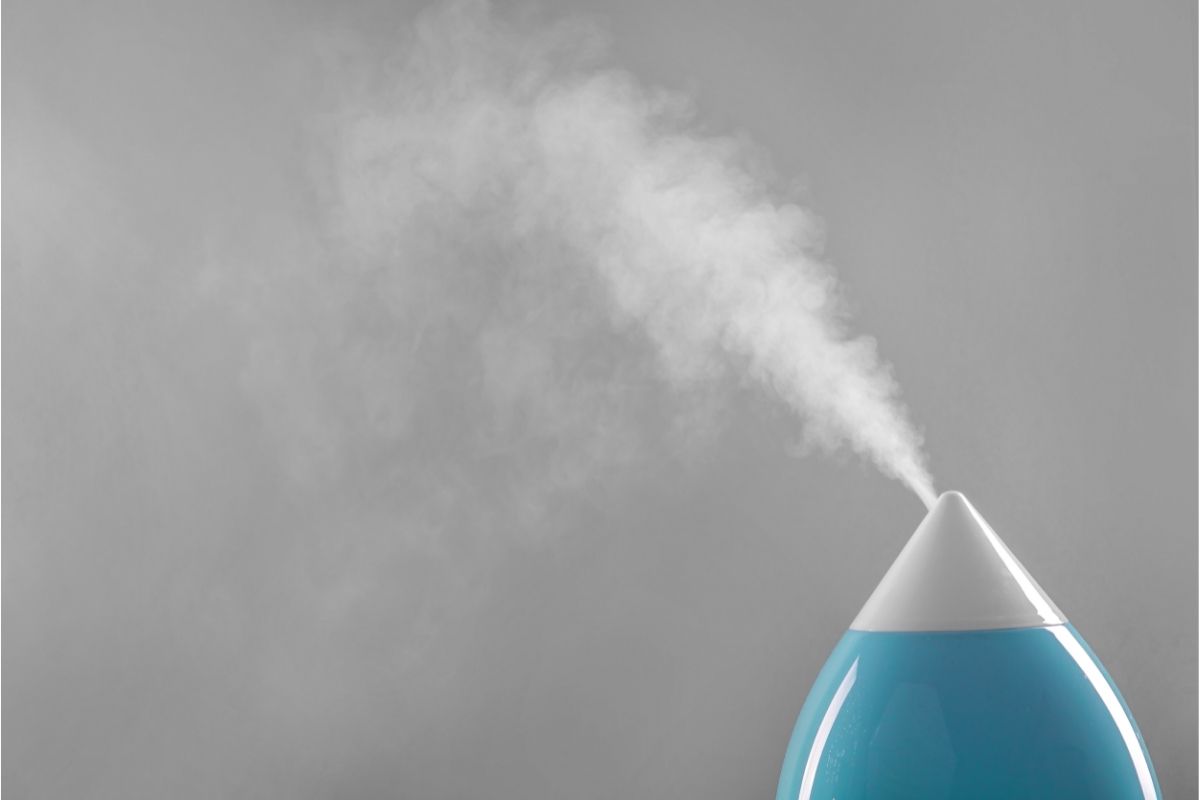
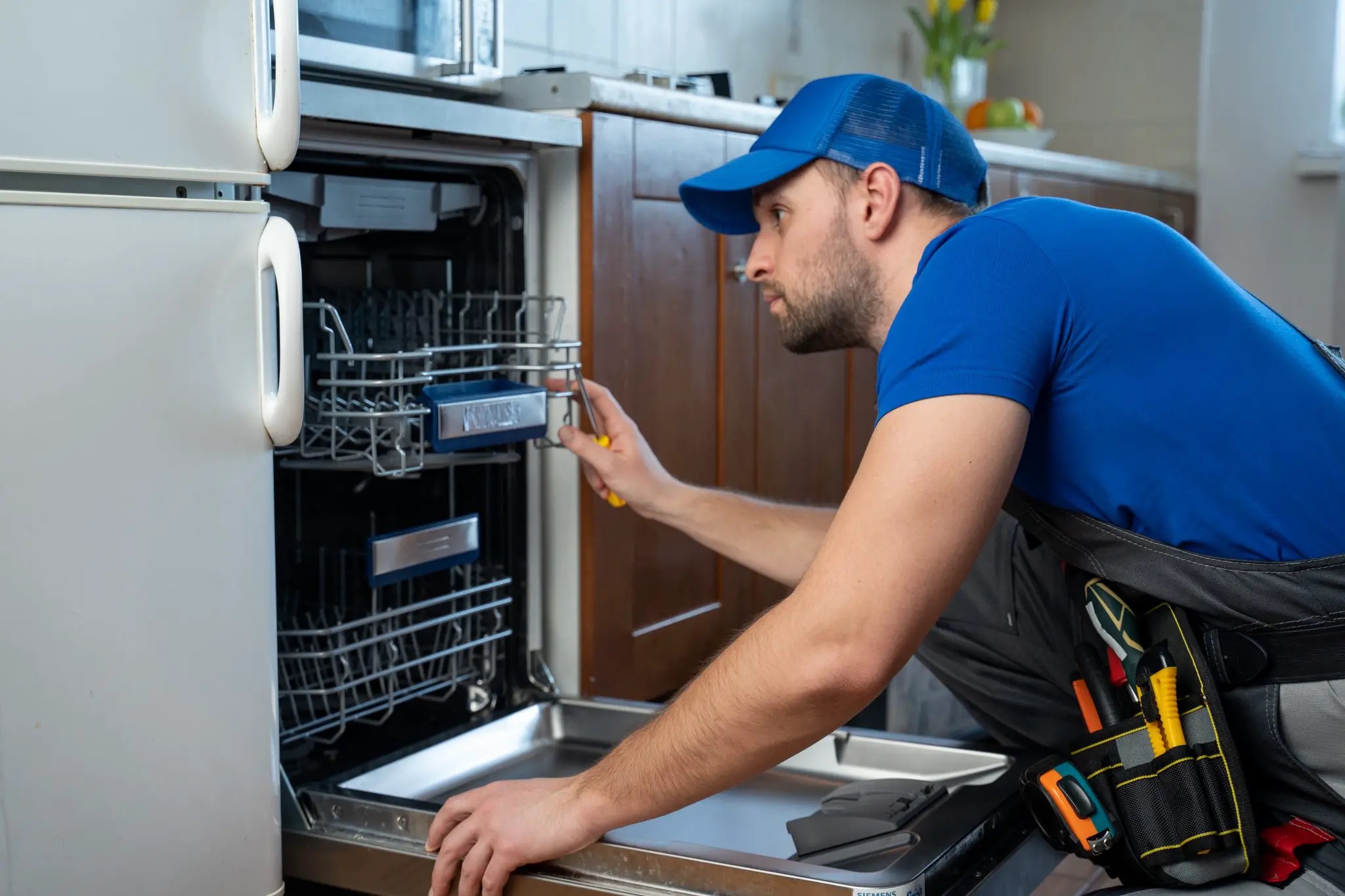
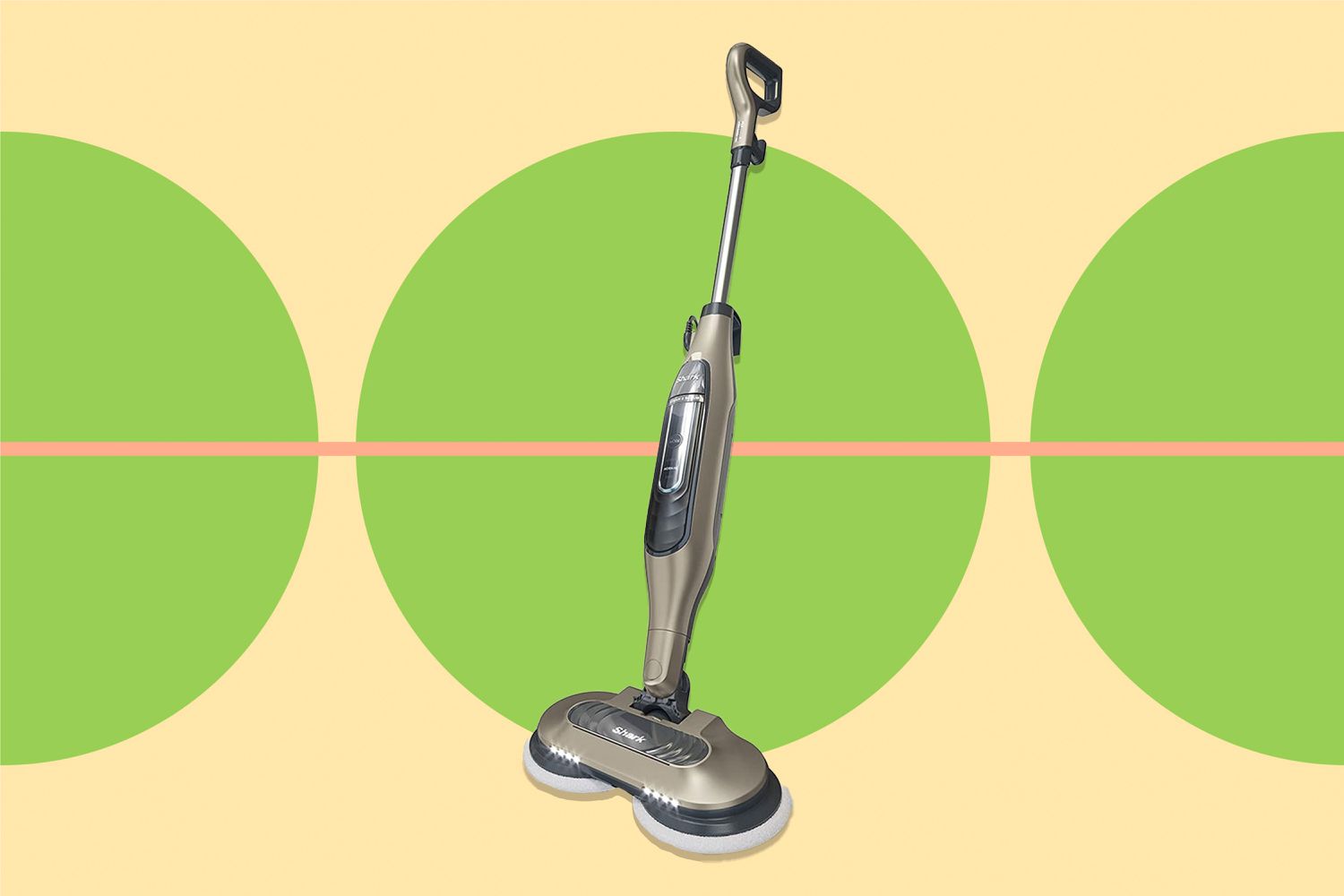
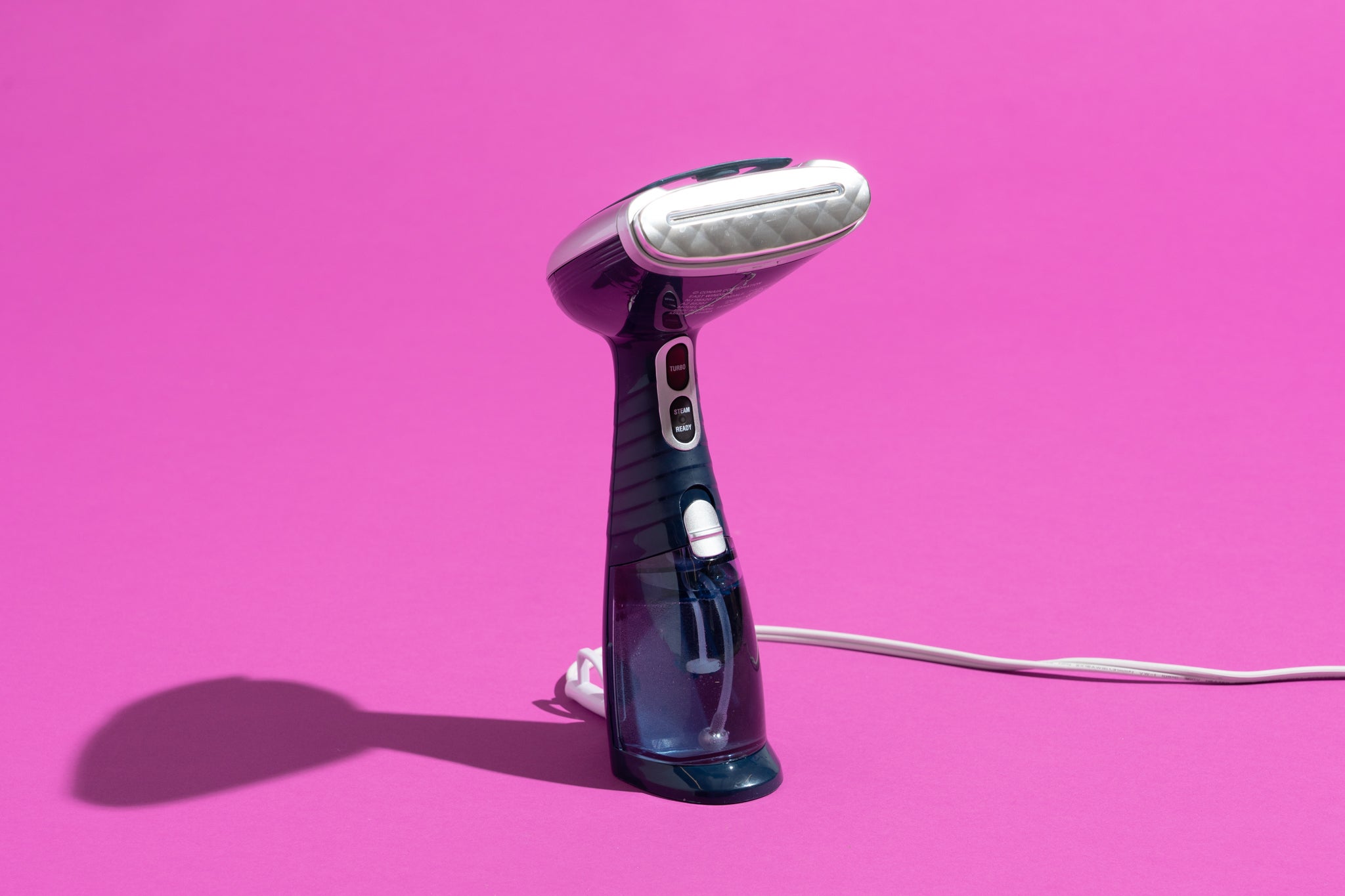
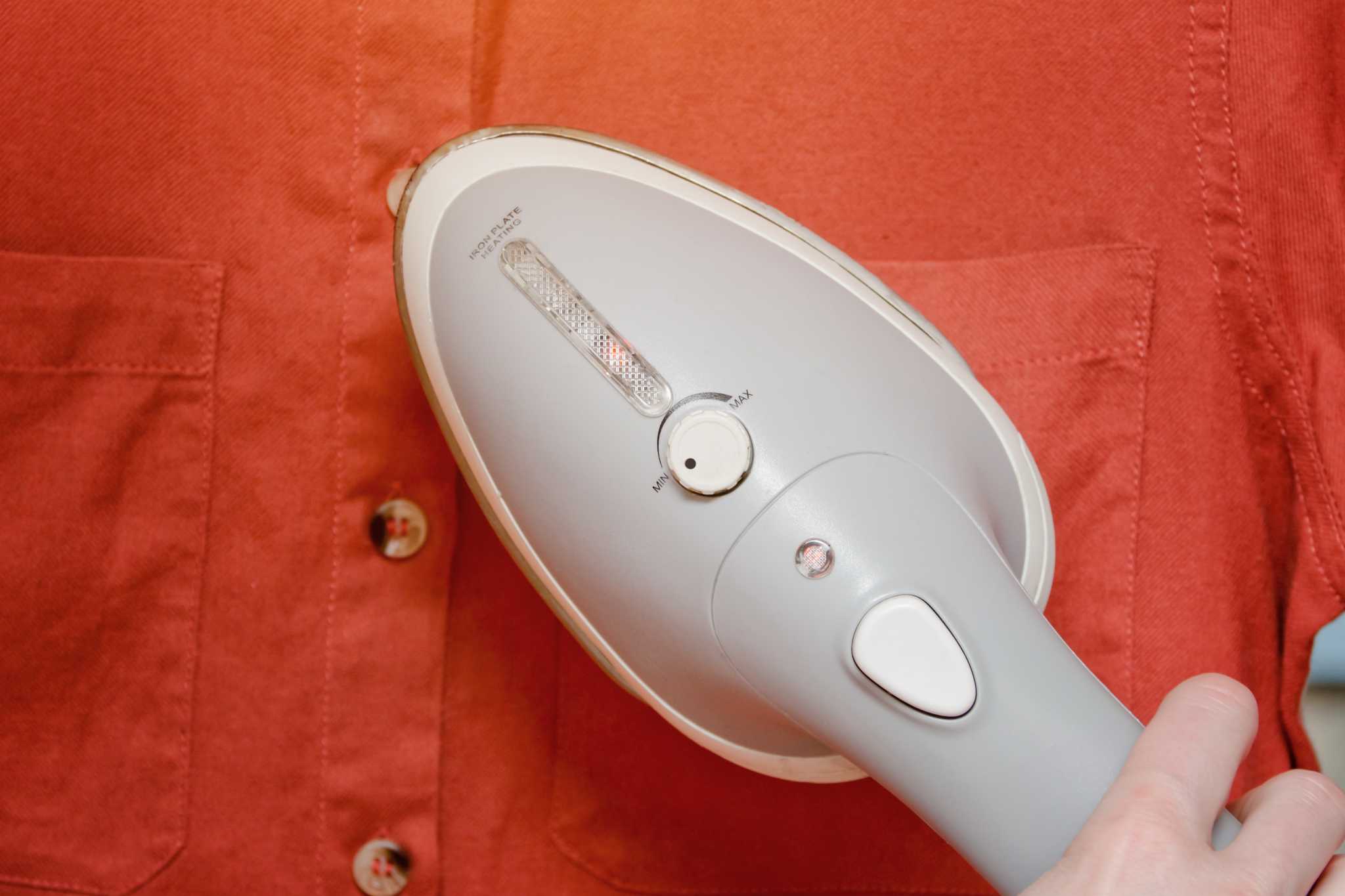
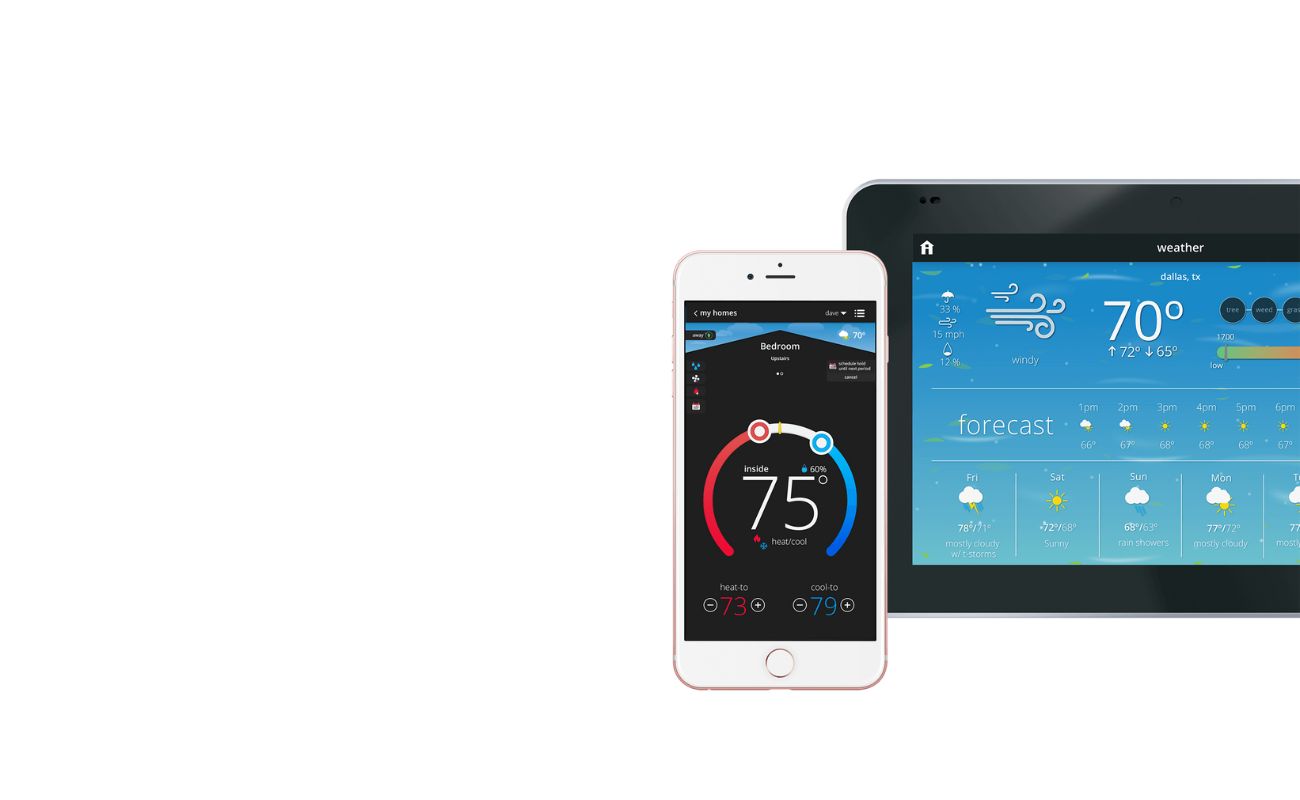
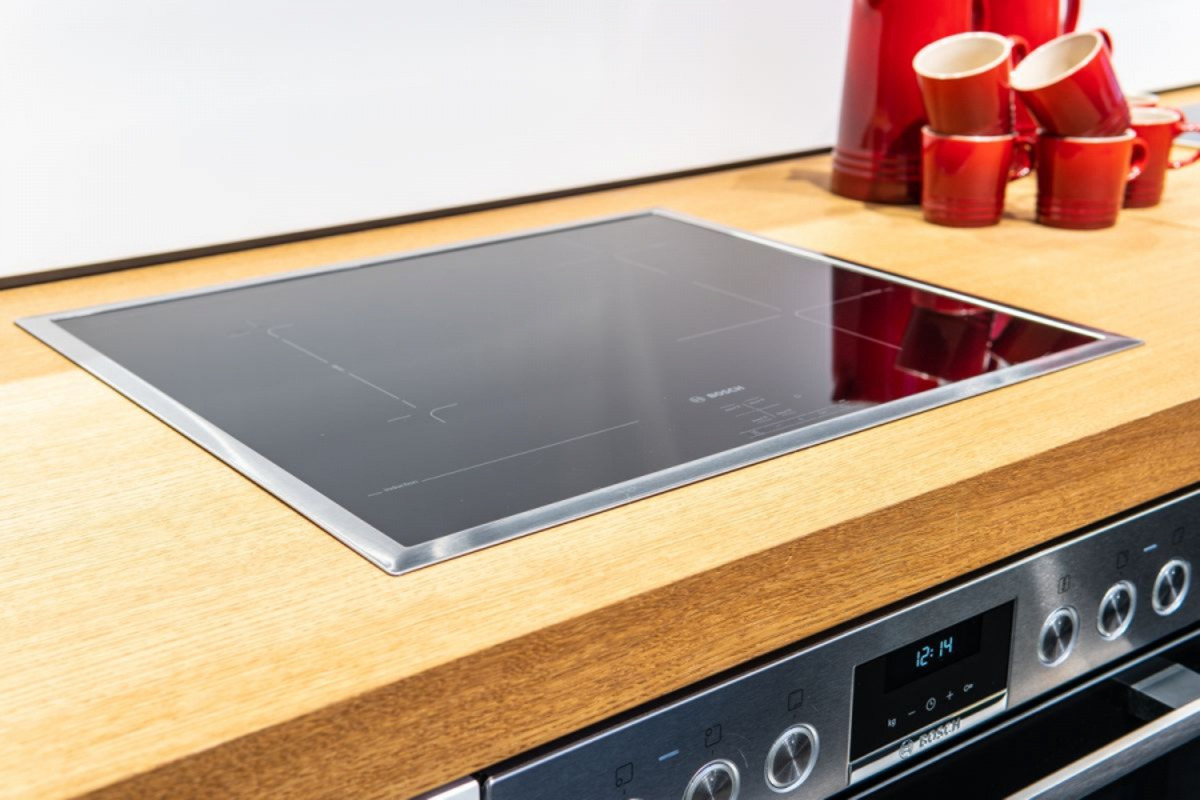
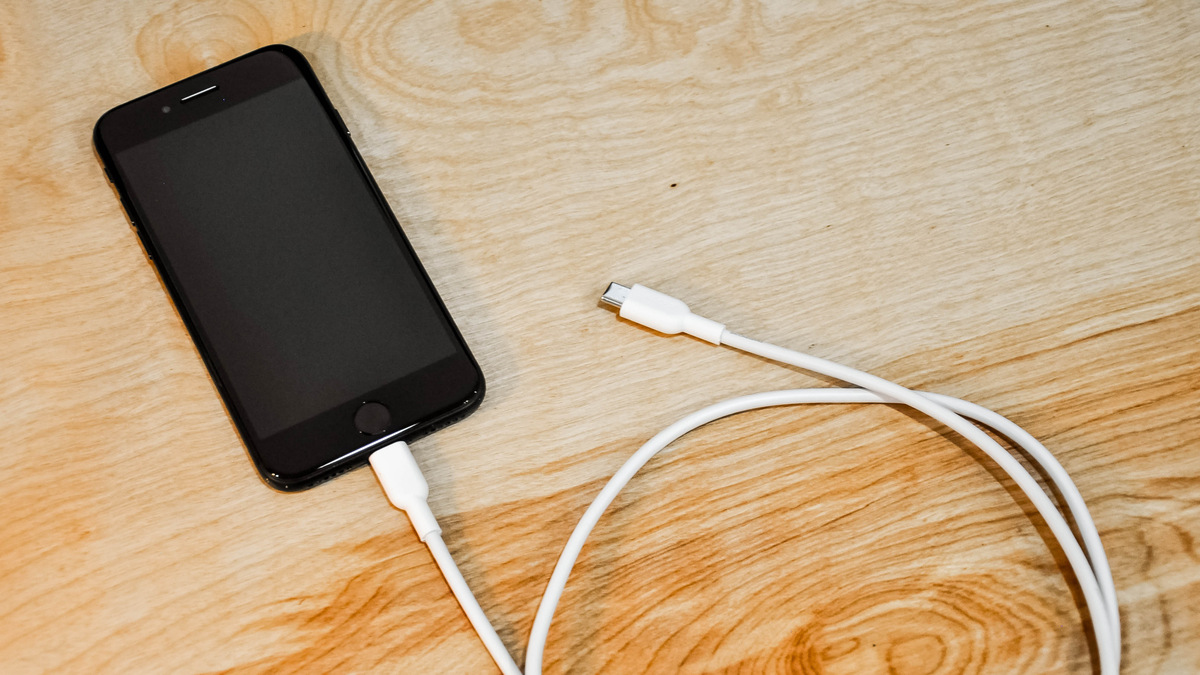
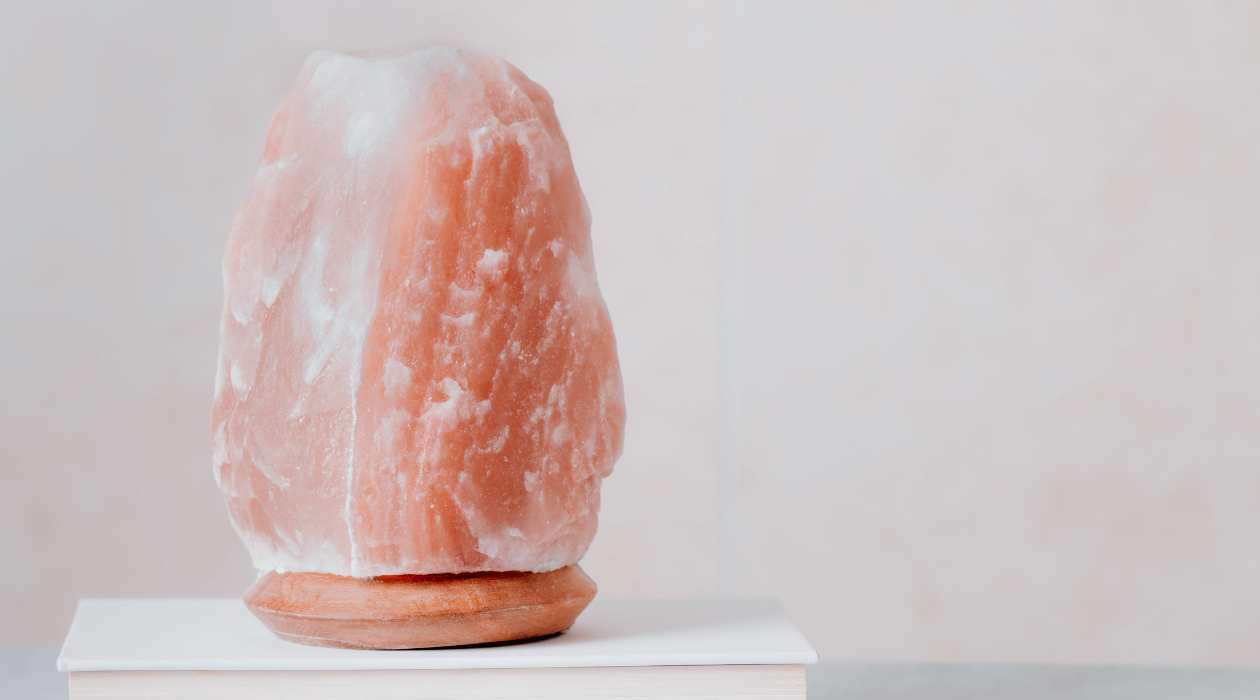
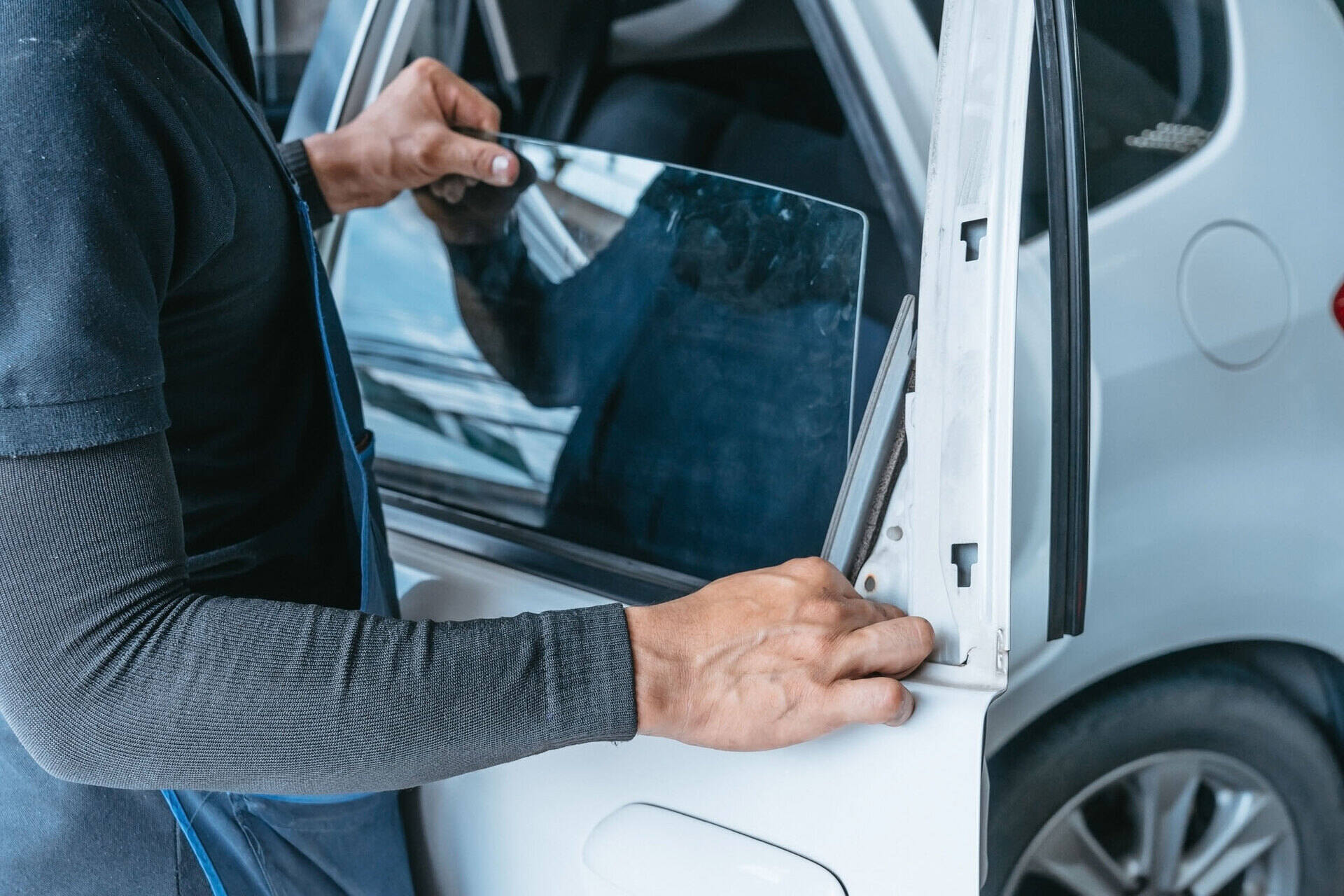
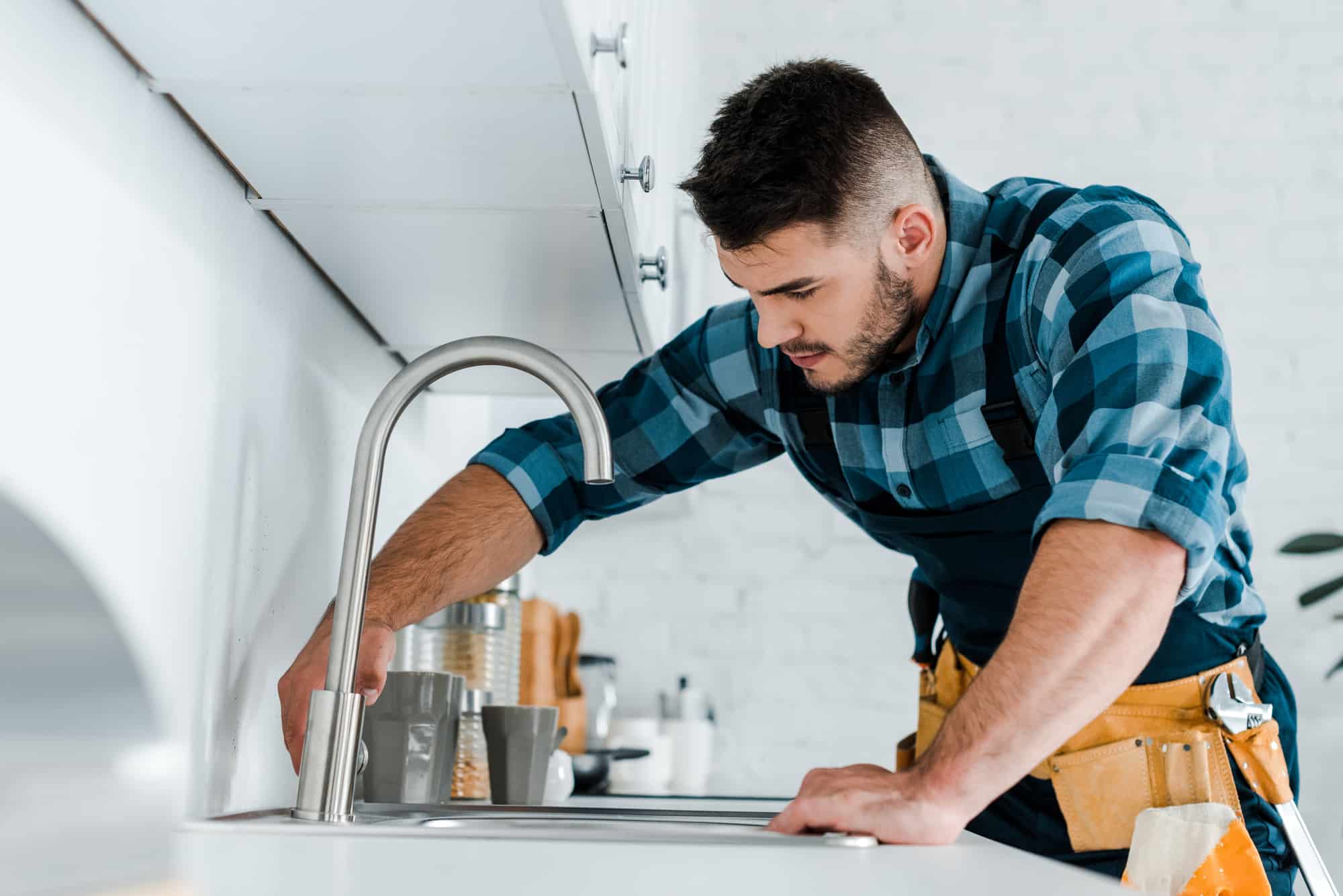
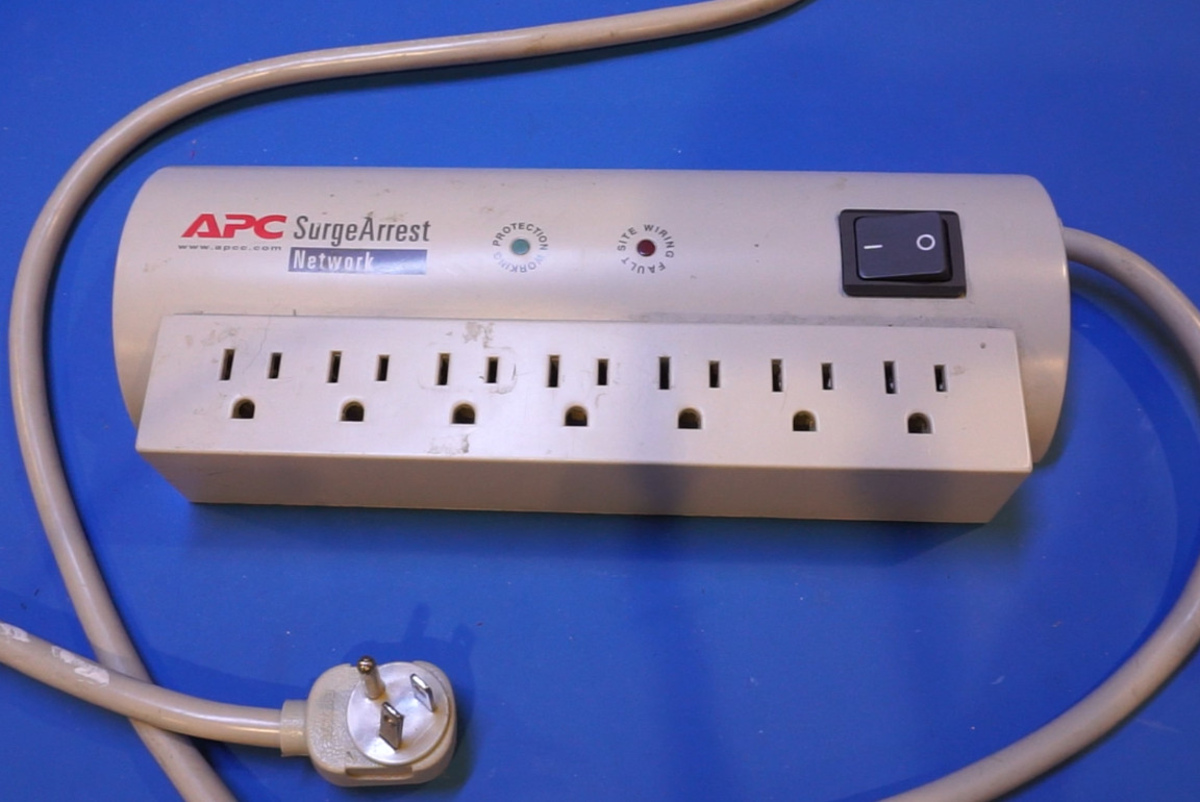

0 thoughts on “Why Is My Electrical Steamer Not Working”